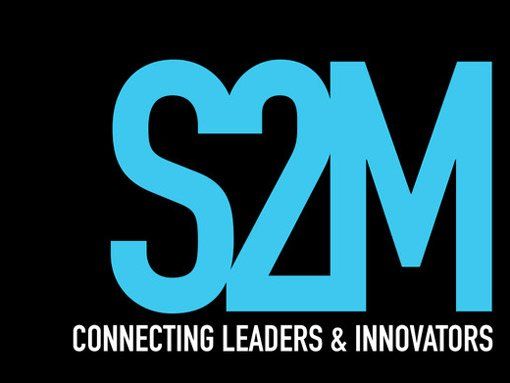Eric Schmidt: Lessons in passive resilience
On the 22 nd of December it was announced that Eric Schmidt, the CEO of Alphabet group and former CEO of Google would be stepping away from the limelight. Though his career was marked by the shadow of the two founders of Google, in particular Larry Page, he is without a doubt one of the greatest tech CEOs to have ever lived.
What is so amazing about Schmidt is his ability to live through the ever-changing tech industry, outlasting 3 generations of tech spanning some 20 years. Not only was he able to beef it with the best in the industry, but many times he was widely considered to be at the helm of the best tech company on the planet. In a way, Schmidt can be compared to the Heavyweight boxer Joe Frazier, who was without a doubt one of the best on the planet. Frazier was famous for what we now call passive resilience , or more formally known as stoicism .
Here are a collection of lessons in passive resilience that we can take away from Schmidt’s career, from Novell to Google and beyond.
1. Always be able to take a joke
During his time at Sun Microsystems, Schmidt was the target of two incredible pranks. The first was that his office was taken apart and reassembled, in its entirety, in the middle of a pond (complete with a working phone). The second of which was just as infamous, where a working Volkswagen Beetle was taken apart, and reassembled in his office.
While to some, this is a form of bullying, Schmidt seemed to brush it aside with a degree of ease. It takes a certain degree of character to be able to be made fun of like that. This type of passive resilience speaks volumes later down the track, especially when Schmidt was at Google.
2. Ride the downfall as a learning opportunity
During Schmidt’s time at Novell, he didn’t preside over the great rise of the company to become some internet juggernaut. In fact, the opposite was the case. During Schmidt’s time at Novell, he presided over one of the biggest declines in technology at the time, with Novell’s lead IPX protocol was replaced by the more widely adopted TCP/IP technology. This left the company with essentially no clear revenue stream.
It’s clear during his time at Novell that Schmidt didn’t take this to heart. He worked tirelessly to find ways to make the company remain steady, and ultimately used his lessons at Novell to grow Google into the company we know today.
3. Titles mean little
During Google’s quest to IPO, Schmidt was seen to be tirelessly working at a role typically assigned to the CEO of a public company. He would work through the corporate governance, structure and helped establish key asset values, all while being seen as “the other guy” next to Larry Page and Sergey Brin. What is truly remarkable is that Schmidt didn’t seem to mind being seen as “the other guy”. In fact, from Google’s performance at the time, he seemed to relish in it. He eventually did become CEO, but it was less about the title and more about the work to him.
Through his career, Eric Schmidt lived in the times of the tech titans; Marc Andreessen, Steve Jobs, Bill Gates and the rest, and throughout this time, he seemed to be able to lead Google on one of the best growth curves of all time. His passive resilience was key to this, and if there are three lessons to take away they are to see everything as a lesson, not to value your title and to not take yourself too seriously.






